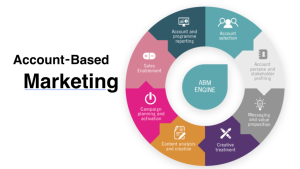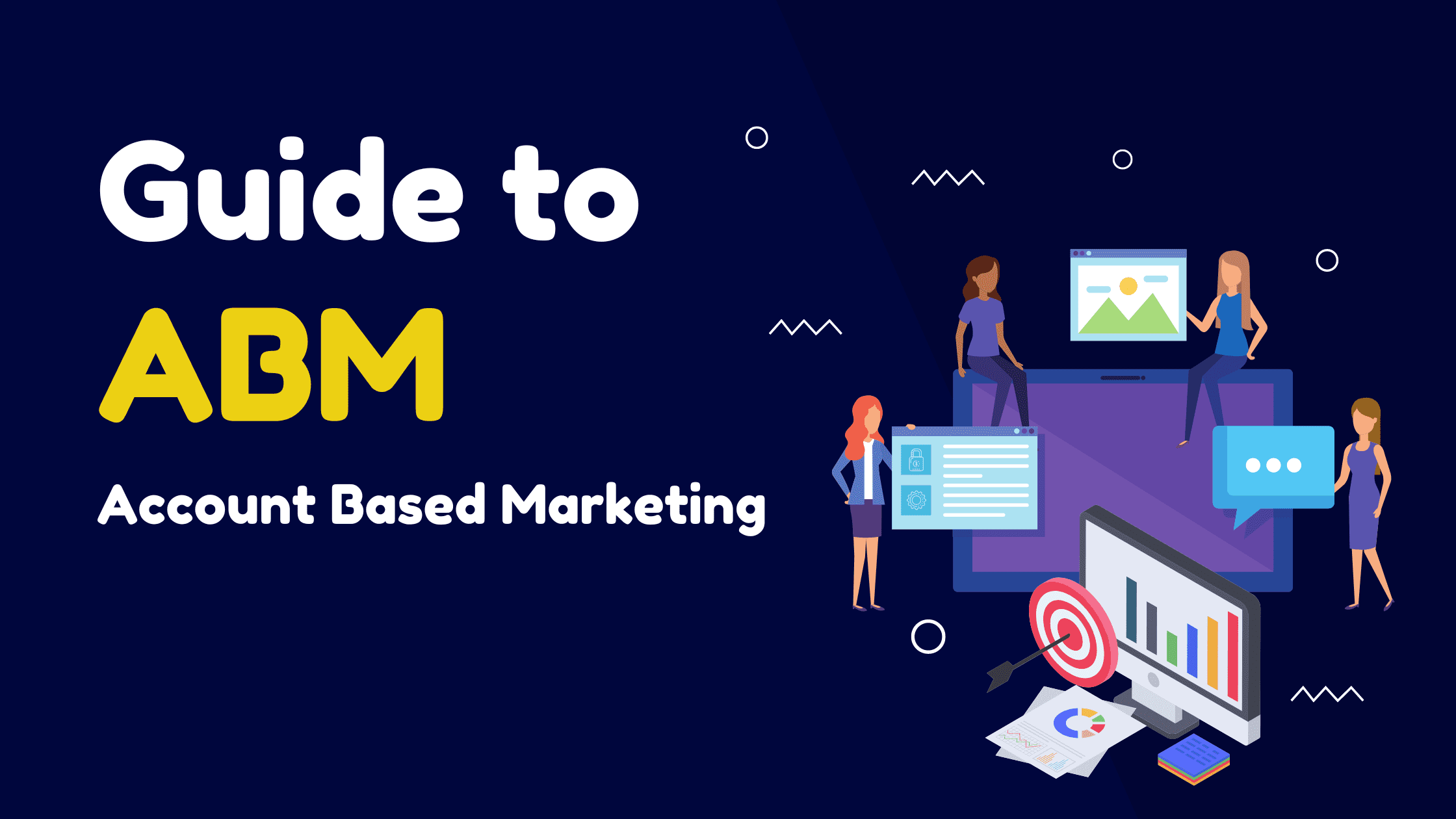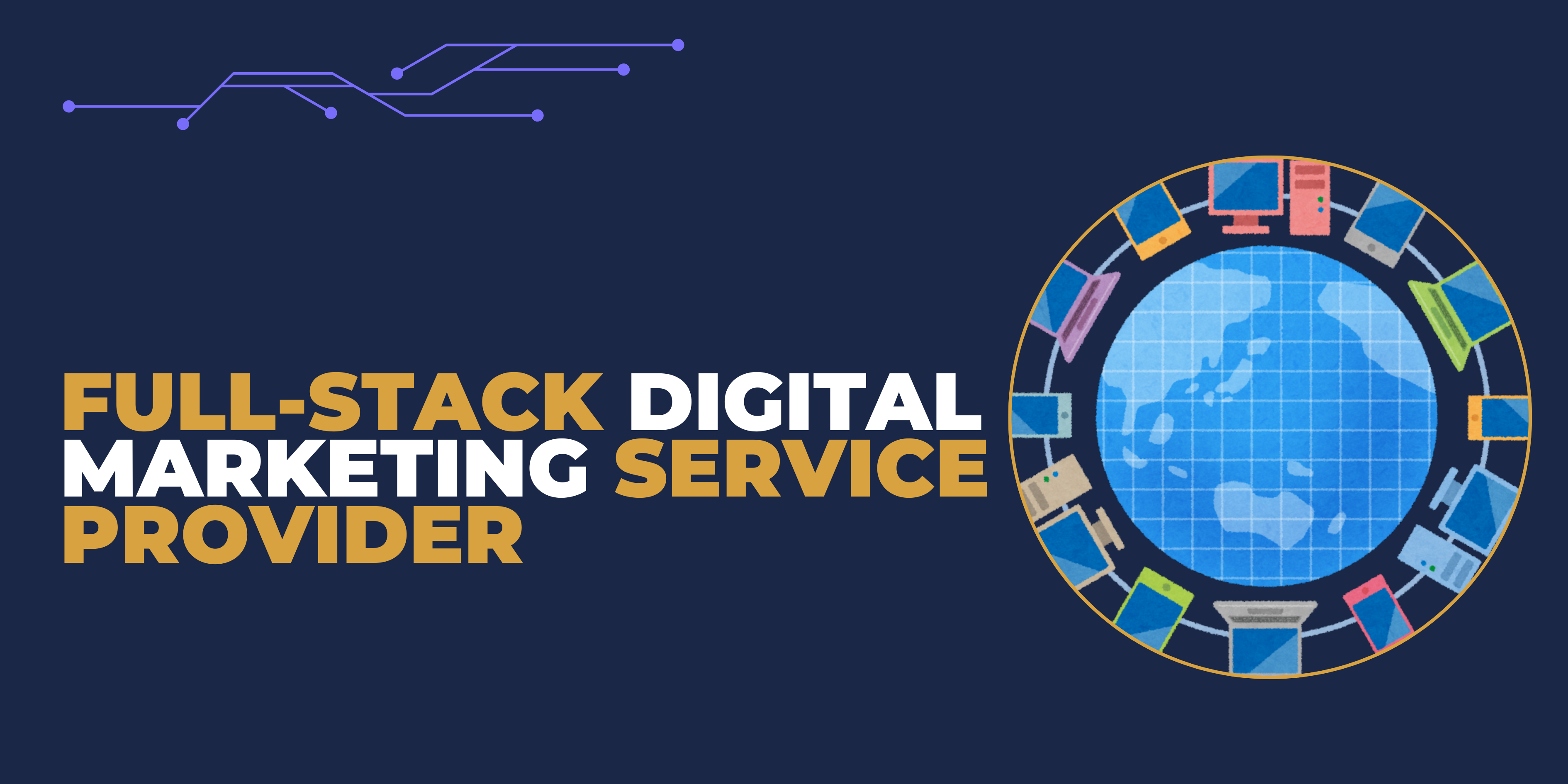Introduction
In the fast-paced world of business-to-business (B2B) marketing, one strategy stands out as a game-changer: Account-Based Marketing (ABM). Gone are the days when broad, one-size-fits-all marketing campaigns drove the growth of B2B companies. Today, precision is paramount, and that’s where ABM shines. ABM focuses on targeting key accounts—companies that are the most valuable and likely to convert—rather than casting a wide net in hopes of catching leads.
For businesses looking to streamline their marketing and sales efforts while driving greater ROI, Account-Based Marketing is a must-have strategy. But how does ABM work, and why should it matter to you? In this comprehensive guide, we will explore ABM’s principles, benefits, and actionable steps to help you implement a successful ABM strategy.
What is Account-Based Marketing?
Account-Based Marketing is a highly focused business marketing strategy in which an organization directs its resources toward a specific set of targeted accounts within a market. Unlike traditional marketing strategies, which often focus on generating leads on a large scale, ABM is about personalizing the marketing efforts to a small number of key accounts.
ABM requires close collaboration between marketing and sales teams to identify high-value accounts and create customized marketing campaigns that resonate with these accounts. It flips the traditional marketing funnel on its head, emphasizing quality over quantity. In an ABM strategy, your message is tailored to the specific needs, challenges, and goals of each account.
Key Characteristics of ABM:
– Focus on high-value accounts: Instead of chasing thousands of leads, ABM targets a few accounts that are more likely to convert into valuable customers.
– Personalized marketing: Campaigns are customized to address the unique pain points and challenges of each account.
– Alignment between sales and marketing: ABM requires a seamless partnership between sales and marketing teams, ensuring that both are working toward the same goals.
– Long-term relationships: ABM is about building deep, lasting relationships with key accounts, rather than quick sales.
Why ABM Matters for B2B Businesses
Account-Based Marketing is a particularly effective strategy for B2B companies that sell to a finite number of customers. B2B sales cycles tend to be longer and more complex than B2C, requiring a deeper level of engagement with prospects. This is where ABM excels.
- Higher ROI
One of the primary reasons ABM has gained traction in recent years is its proven ability to deliver a higher return on investment (ROI). According to a study by ITSMA, 87% of B2B marketers report that ABM delivers a higher ROI compared to other marketing activities. This is because ABM focuses resources on accounts that are more likely to convert, ensuring that marketing spend is used effectively.
- Better Sales and Marketing Alignment
Sales and marketing teams often operate in silos, which can lead to misaligned goals and ineffective campaigns. ABM bridges this gap by requiring close collaboration between the two teams. When marketing and sales teams work together, they can create a unified approach to target and engage with key accounts, resulting in more consistent messaging and a smoother customer journey.
- Personalization at Scale
With traditional marketing, personalization often takes a backseat as companies try to reach as many leads as possible. ABM, on the other hand, allows for deep personalization. Each account receives tailored content and messaging that speaks directly to their specific needs and challenges. This level of personalization builds trust and positions your company as a partner that understands the customer’s business.
- Shortened Sales Cycles
B2B sales cycles can be notoriously long, often lasting months or even years. ABM helps to shorten this process by focusing on accounts that have a higher likelihood of converting and providing them with the information they need at each stage of the buyer’s journey. By delivering highly relevant, personalized content to the right people at the right time, ABM can accelerate the decision-making process.
- Improved Customer Retention
ABM isn’t just about acquiring new customers; it’s also an effective strategy for retaining and expanding relationships with existing customers. By continuing to personalize your marketing efforts even after the initial sale, you can strengthen customer loyalty and encourage repeat business. Additionally, ABM can help you identify opportunities for upselling and cross-selling within your existing customer base.
Key Steps to Building an ABM Strategy

Implementing an ABM strategy requires a shift in mindset from traditional marketing approaches. Here’s how to create a successful ABM strategy from start to finish.
- Identify Target Accounts
The first step in any ABM strategy is to identify the accounts that you want to target. This is arguably the most important part of the process, as your success hinges on choosing the right accounts. Here’s how to go about it:
– Work with sales: Sales teams often have insight into which accounts are most valuable and have the highest potential for conversion.
– Define your Ideal Customer Profile (ICP): Your ICP is a detailed description of the types of companies that would benefit most from your product or service. This can include factors such as industry, company size, revenue, and location.
– Use data: Look at past customers to identify common characteristics of your most successful accounts. Use tools like predictive analytics to help refine your list of target accounts.
- Develop Personalized Campaigns
Once you’ve identified your target accounts, the next step is to create personalized campaigns for each one. Personalization is the heart of ABM, and it’s important to tailor your messaging to address the specific pain points and goals of each account.
– Segment accounts: Divide your target accounts into different segments based on their characteristics and needs. For example, you might have one campaign for enterprise-level companies and another for mid-sized businesses.
– Tailor content: Develop content that speaks directly to each account’s unique challenges. This could include personalized emails, case studies, whitepapers, and webinars.
- Align Sales and Marketing Teams
For ABM to be successful, sales and marketing teams need to work closely together. This means sharing insights, goals, and metrics.
– Collaborate on strategy: Both teams should be involved in identifying target accounts and developing personalized campaigns.
– Use shared metrics: Measure the success of your ABM campaigns using metrics that both sales and marketing teams can track, such as account engagement, pipeline growth, and conversion rates.
- Leverage Technology
ABM requires a level of coordination and personalization that can be difficult to achieve manually. Fortunately, there are a number of technology tools available that can help streamline the process. Some of the most useful tools for ABM include:
– CRM platforms: A robust CRM system, such as Salesforce, can help you keep track of all interactions with your target accounts.
– Marketing automation tools: Platforms like HubSpot or Marketo can automate your personalized marketing efforts, ensuring that the right content is delivered to the right accounts at the right time.
– Account-based advertising: Tools like LinkedIn Ads and Demandbase allow you to target specific accounts with tailored ads.
- Measure and Optimize
Finally, it’s important to track the performance of your ABM campaigns and make adjustments as needed. Key metrics to monitor include:
– Engagement levels: Are your target accounts interacting with your content?
– Pipeline growth: Is ABM helping to generate more opportunities within your target accounts?
– Conversion rates: Are target accounts moving through the sales funnel more quickly?
By continuously monitoring these metrics, you can refine your ABM strategy to ensure it’s delivering the best possible results.
Common ABM Challenges and How to Overcome Them

While ABM can be highly effective, it’s not without its challenges. Here are some common obstacles companies face when implementing an ABM strategy—and how to overcome them.
- Difficulty Aligning Sales and Marketing
One of the biggest challenges of ABM is getting sales and marketing teams to work together effectively. To overcome this, it’s important to create a culture of collaboration between the two teams. Regular meetings, shared goals, and open communication are essential.
- Scaling Personalization
Personalizing your marketing efforts for each account can be time-consuming, especially as you try to scale your ABM efforts. One way to address this challenge is by segmenting your accounts and creating content that can be customized for each segment. Marketing automation tools can also help streamline the process.
- Measuring Success
ABM requires a different set of metrics than traditional marketing, which can make it difficult to measure success. To address this, it’s important to set clear, measurable goals at the outset of your ABM campaigns. This could include metrics such as engagement rates, deal velocity, and customer lifetime value.
Conclusion
Account-Based Marketing represents a powerful shift in how B2B companies engage with their most valuable prospects. By focusing on high-value accounts, personalizing marketing efforts, and aligning sales and marketing teams, ABM can drive higher ROI, shorten sales cycles, and foster long-term customer relationships. While ABM requires careful planning and execution, the benefits are well worth the effort.
If your company is looking to take its marketing efforts to the next level, now is the time to explore ABM. By following the steps outlined in this guide, you can start building a successful ABM strategy that delivers real results.




